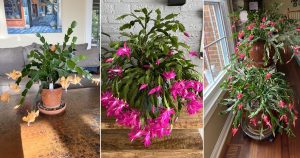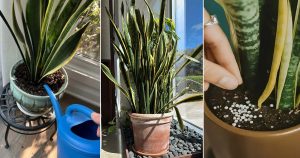Avoid the most common yet harmless-looking mistakes that slowly kill your snake plant, to let them thrive and live long!

The snake plant (Sansevieria), also known as mother-in-law’s tongue, is famous for being immortal. But wait, want to know the truth? Many snake plants die slowly because of everyday mistakes that seem harmless. These issues walk in quietly, and the plant starts declining months before we even notice. Correct them before you lose them!
Mistakes That Look Harmless but Are Slowly Killing Your Snake Plant
If your snake plant looks droopy, mushy, yellowish-pale, or is suddenly refusing to grow, you might be making one of these unnoticeable but fatal mistakes. Check them out and correct them, before it is too late.
1. Watering Regime
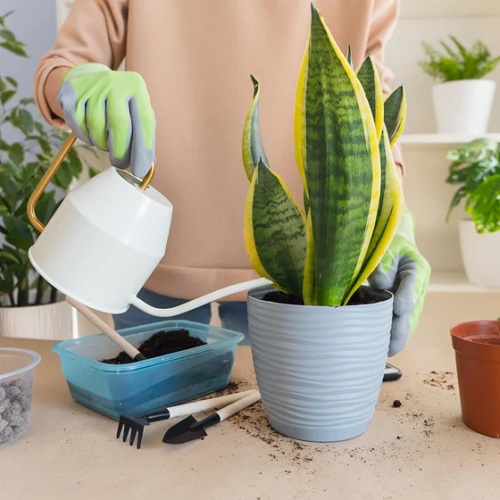
Do you have a watering schedule? Excellent. And do you follow it daily? Stop, if you said yes! This is the number one silent killer. Snake plants don’t need to be watered daily or even weekly. Watering every 7–10 days may work in the monsoon season, but can kill the plant in winter.
Constant moisture suffocates the roots, leading to root rot that spreads internally long before leaves show symptoms. So, water only when the soil is dry from top to bottom, check this by inserting your index finger a few inches in the soil.
2. Using Regular Garden Soil
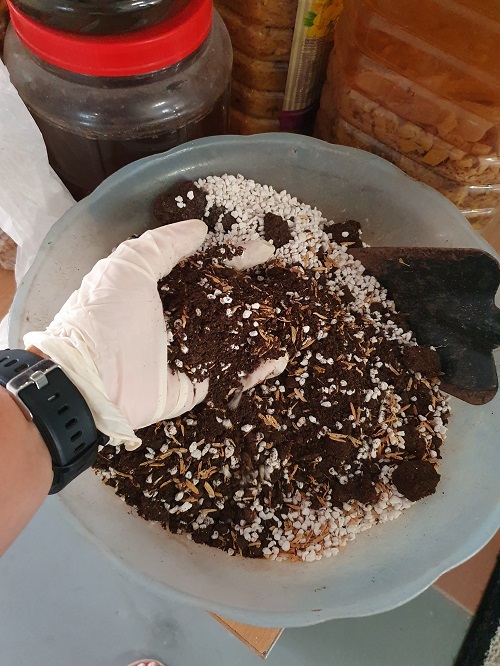
Garden soil seems harmless because, after all, plants grow in soil, right? But snake plants hate dense, compact mediums. Regular soil traps too much water and blocks airflow, eventually getting compacted over time. This slowly stops the airflow and chokes the roots.
Instead, use a fast-draining succulent or cacti mix. Or prepare your own recipe with 2 parts cactus mix, 1 part perlite or pumice.
If your snake plant sits in the same soil for more than 2–3 years, repotting becomes essential. Old mixes break down and turn dense, even if they started airy. Refreshing the soil keeps the plant healthy and prevents hidden rot issues.
3. Pot Without Drainage
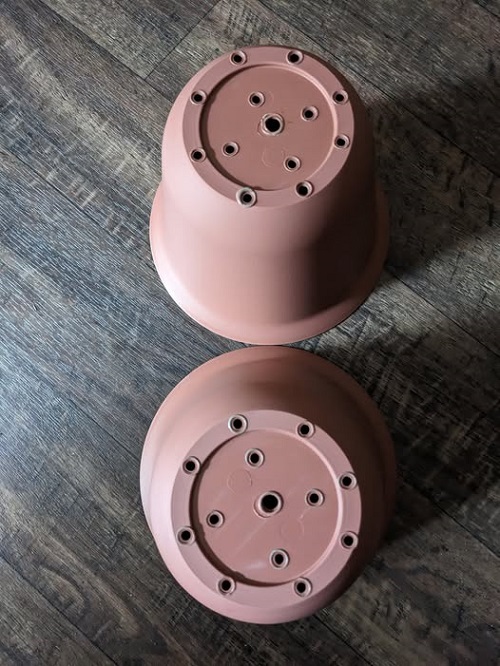
“Oh, this works for now.” No, it does not. In the long run, you will not love it, and neither will your snake plants. Snake plants store water in their leaves, and any extra water sitting at the bottom of the pot becomes stagnant, and deadly.
Thus, it is always suggested to use pots with drainage holes. If you have a decorative planter, keep the plant in a well-draining pot inside it.
Also, avoid placing a saucer filled with collected water under the pot. If water stays in the saucer, the soil continues absorbing it from below, keeping the roots constantly wet.
4. Wiping Leaves With Anything
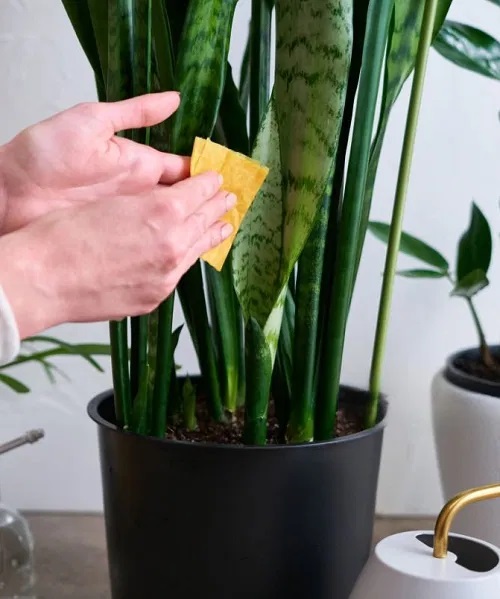
Snake plant leaves naturally accumulate dust, but using oils (coconut oil, mustard oil) or leaf-shine sprays seems like a harmless cleaning trick. But did you know that these clog stomata, making it hard for the plant to breathe. They also trap heat, attract pests, and create sticky surfaces.
So, instead, let’s keep it simple. Wipe the leaves with a soft, damp cloth and nothing more; use a spray bottle filled with water to reach out to delicate areas.
5. Keeping the Plant in Low Light for Too Long
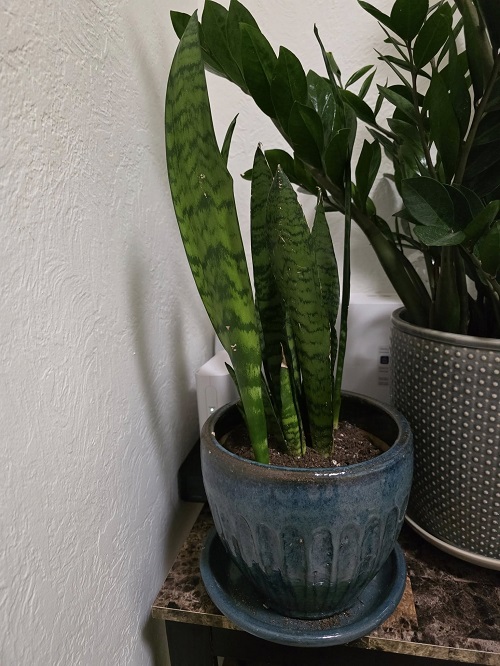
Snake plants survive low light, but they don’t thrive in it. Long-term low-light exposure weakens the plant. The plant becomes leggy, pale, and vulnerable to rot since it cannot do photosynthesis and ends up using stored water.
It is suggested to place it near a bright window, maybe on the east or north side, with indirect light.
If your home is dark, rotating the plant every few weeks or adding a small grow light for 3–4 hours can help it maintain its shape and strong colors.
6. Over-Fertilizing, Just in Case
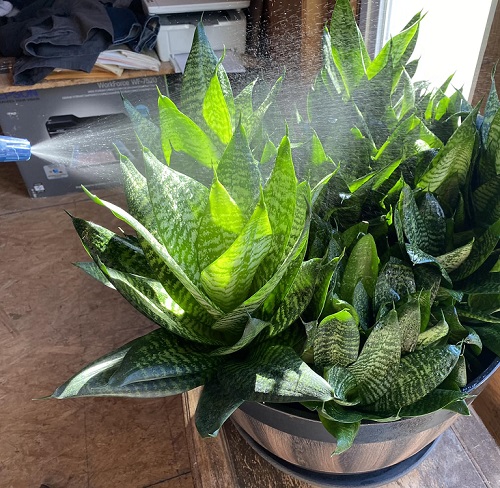
Because snake plants grow slowly, fertilizers build up in the soil quickly. This salt accumulation burns the roots, causing brown tips and stunted growth.
Feed only once or twice a year, and that too preferably during summer or spring when they have their growing season, with a diluted and balanced fertilizer.
Never fertilize a freshly repotted snake plant—its tender roots burn easily. Give it at least 4–6 weeks before feeding again.
7. Ignoring Early Signs of Root Rot

Most of us assume a droopy or pale leaf is normal or due to underwatering, so we water more, making it worse. If you find a mushy base of leaves, soil staying wet for days, or leaves folding inwards with a foul smell, these are the signs of root rot.
Snake plants may be hardy, but they’re not immortal. Most of these minor mistakes can be avoided and should be avoided and after you correct them, don’t forget to take care of them. Let us know how you find that you were unknowingly making these mistakes and how you corrected them in the comments below!



